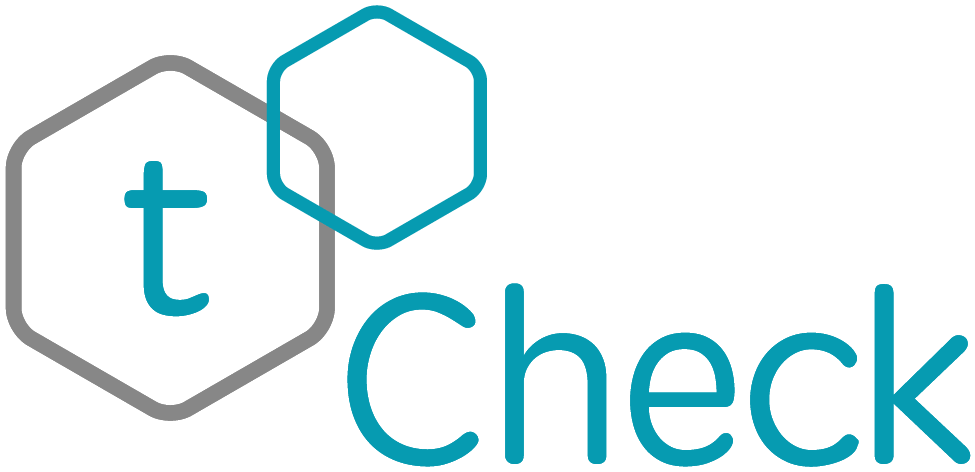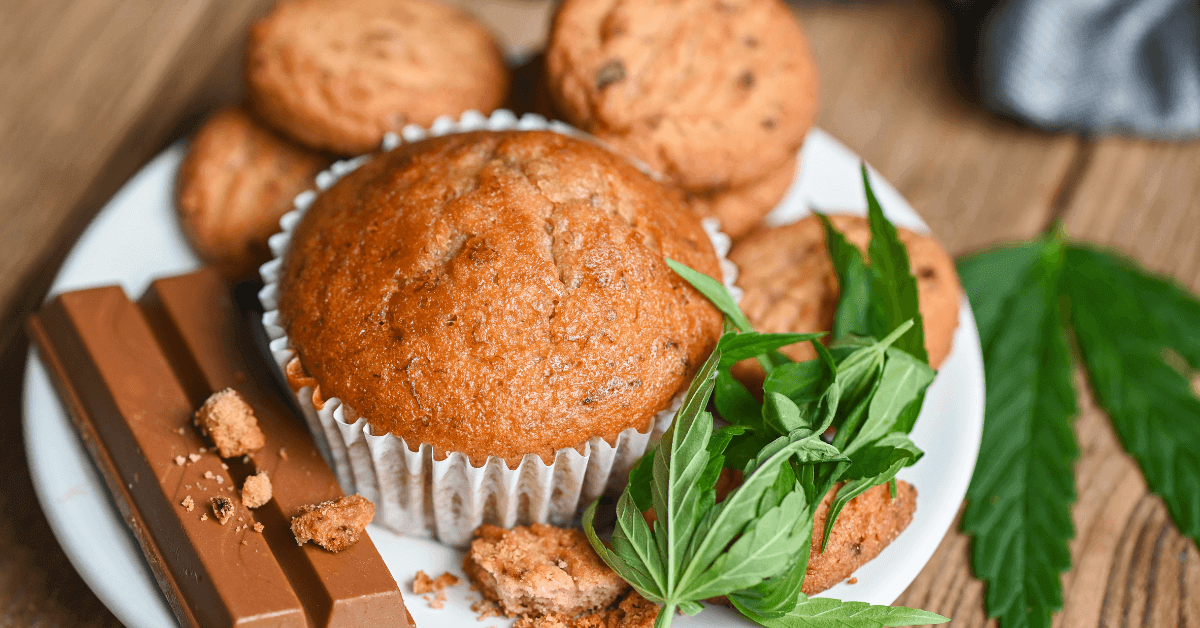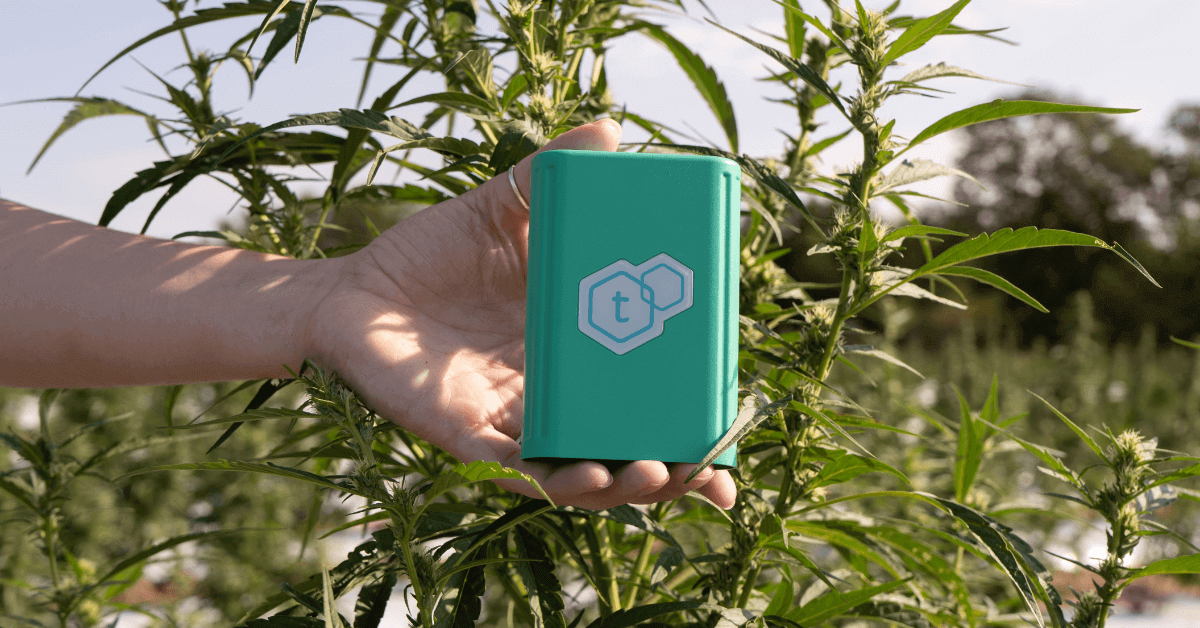Veterans of the cannabis community are no strangers to edibles or getting the munchies. Food and cannabis go hand-in-hand like a good PB&J.
That’s because THC, the main psychoactive in marijuana, has certain phytochemicals that can stimulate cannabinoid receptors and make you feel extra hungry. But did you know that the bioavailability of THC, or the amount of THC that your body absorbs and utilizes, can be influenced by the foods you eat?
That’s right! Just like bread and water seem to soak up the alcohol when you’ve drank too much, select foods can boost your high when you’re toking.
Here are some foods you can use to “biohack” your smoke session.
Foods that Boost THC's Bioavailability
Healthy Fats
THC is a fat-soluble compound, which means it dissolves in fat and is better absorbed by the body when consumed with fat-containing foods. Incorporating healthy fats, such as avocado, nuts, seeds, olive oil, and coconut oil, into your diet can significantly increase the bioavailability of THC. These fats help THC bypass the liver's first-pass metabolism, which can break down THC before it enters the bloodstream, allowing more THC to reach your bloodstream and produce its effects.
Mangoes
Mangoes are a delicious tropical fruit that not only taste great but can also enhance the effects of THC. Mangoes contain a compound called myrcene, which is also found in cannabis and has been shown to increase the bioavailability of THC. Myrcene acts as a natural "potentiator" that can enhance the effects of THC by speeding up its absorption and allowing more THC to cross the blood-brain barrier. So, next time you're planning a cannabis session, consider snacking on some ripe mangoes beforehand for an added boost.
Dark Chocolate
Dark chocolate is not only a tasty treat, but it's also rich in healthy fats and
antioxidants that can enhance the bioavailability of THC. The healthy fats in dark chocolate can help THC bind to fat molecules, making it easier for the body to absorb and utilize. Additionally, dark chocolate contains antioxidants called flavonoids, which can inhibit certain enzymes in the liver that break down THC, allowing more THC to remain in the bloodstream and produce its effects.
Nuts and Seeds
Nuts and seeds, such as almonds, walnuts, chia seeds, and flaxseeds, are rich in healthy fats, fiber, and protein, which can enhance the bioavailability of THC. Similar to avocado and olive oil, these healthy fats can help THC dissolve in fat and bypass the liver's first-pass metabolism, allowing more THC to reach the bloodstream and produce its effects. Nuts and seeds can also provide sustained energy, which can help prolong the duration of THC's effects.
Green Tea
Green tea is known for its numerous health benefits, and it can also enhance the bioavailability of THC. Green tea contains a group of antioxidants called catechins, which can inhibit certain enzymes in the liver that break down THC, allowing more THC to remain in the bloodstream and produce its effects. Green tea also has a calming effect and can help counteract the potential anxiety-inducing effects of THC, making it a great beverage to pair with your cannabis consumption.
Notes to Take Home
The bioavailability of THC can be influenced by the foods you eat. Incorporating healthy fats, such as avocado, nuts, seeds, and olive oil, into your diet, along with mangoes, dark chocolate, and green tea, can enhance the absorption and utilization of THC in your body. So, next time you're planning a cannabis session, consider incorporating these foods into your diet to maximize the potency and duration of your cannabis experience. As always, remember to consume cannabis responsibly and follow the laws and regulations in your area. Happy toking and bon appétit!









